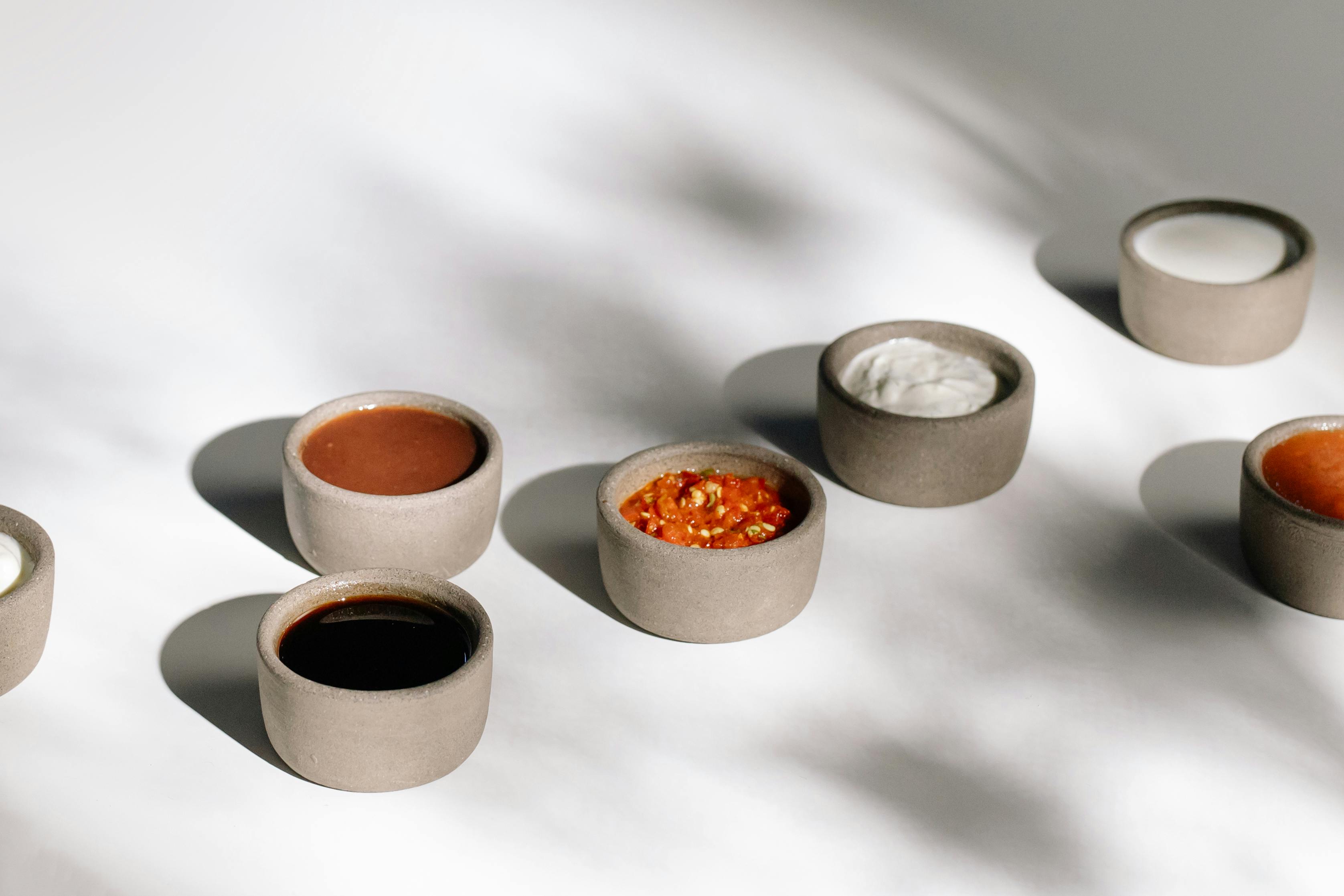Room dividers can be made from a variety of materials or even recycled items. They work in almost any room inside or outside the house. And the uses for room dividers are limited only by your willingness to try.
One of the most common elements used to divide a room is furniture. Shelves, which are open on both sides, or sofa tables are typical. They provide a place for display and storage. But they are not the only options.
Screens have divided rooms all over the world. Whether made of paper or metal, wood or fabric, they are often self-supporting and easy to move. But they can be attached to walls as permanent structures. There are very heavy chipboard screens that need two people to move.
Dividing a room can provide you with additional living space that can function differently from the rest of the room. A business area or work desk, hobby corner, or study area would all be great examples of why a room divider can be useful. You can have privacy without isolation.
Studio apartments are the true test of room division. They use almost every option known to man. They need to use every inch of space at least twice. The carts are used as coffee tables and then go into the kitchen for a prep table. The bottom of a bunk bed is a hidden office or closet. Each bench can be stored, as well as a knee wall.
There are large desks that have work drawers, knee space, and countertops on both sides. They can divide a small office to accommodate two people. The place where you put large furniture can divide the space in a large room. Even floor coverings can create separate areas.
There are materials that you may not have considered for room dividers. Three old hinged screen doors will offer space for photos and art and will make a great upcycling project. There are cardboard walls at different heights that collapse or stretch as needed. The honeycomb structure allows them to curve and bend as well.
While you’re busy dividing up your interior spaces, the exterior may need some sections too. But if the weather doesn’t cooperate, then you can focus on using room dividers in the kitchen, bedroom, study or living room or, well, you get the idea.
